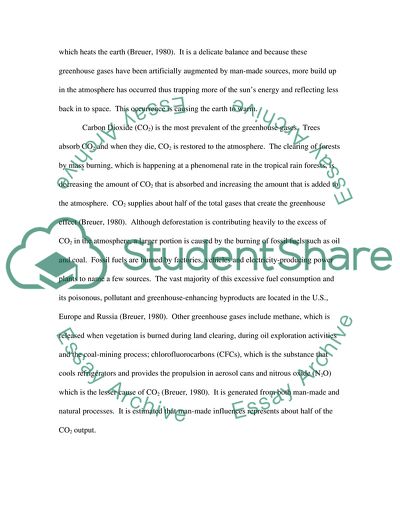Cite this document
(The Greenhouse Effect Functions Case Study Example | Topics and Well Written Essays - 3000 words, n.d.)
The Greenhouse Effect Functions Case Study Example | Topics and Well Written Essays - 3000 words. https://studentshare.org/environmental-studies/1712179-global-warming-and-international-politics
The Greenhouse Effect Functions Case Study Example | Topics and Well Written Essays - 3000 words. https://studentshare.org/environmental-studies/1712179-global-warming-and-international-politics
(The Greenhouse Effect Functions Case Study Example | Topics and Well Written Essays - 3000 Words)
The Greenhouse Effect Functions Case Study Example | Topics and Well Written Essays - 3000 Words. https://studentshare.org/environmental-studies/1712179-global-warming-and-international-politics.
The Greenhouse Effect Functions Case Study Example | Topics and Well Written Essays - 3000 Words. https://studentshare.org/environmental-studies/1712179-global-warming-and-international-politics.
“The Greenhouse Effect Functions Case Study Example | Topics and Well Written Essays - 3000 Words”. https://studentshare.org/environmental-studies/1712179-global-warming-and-international-politics.


